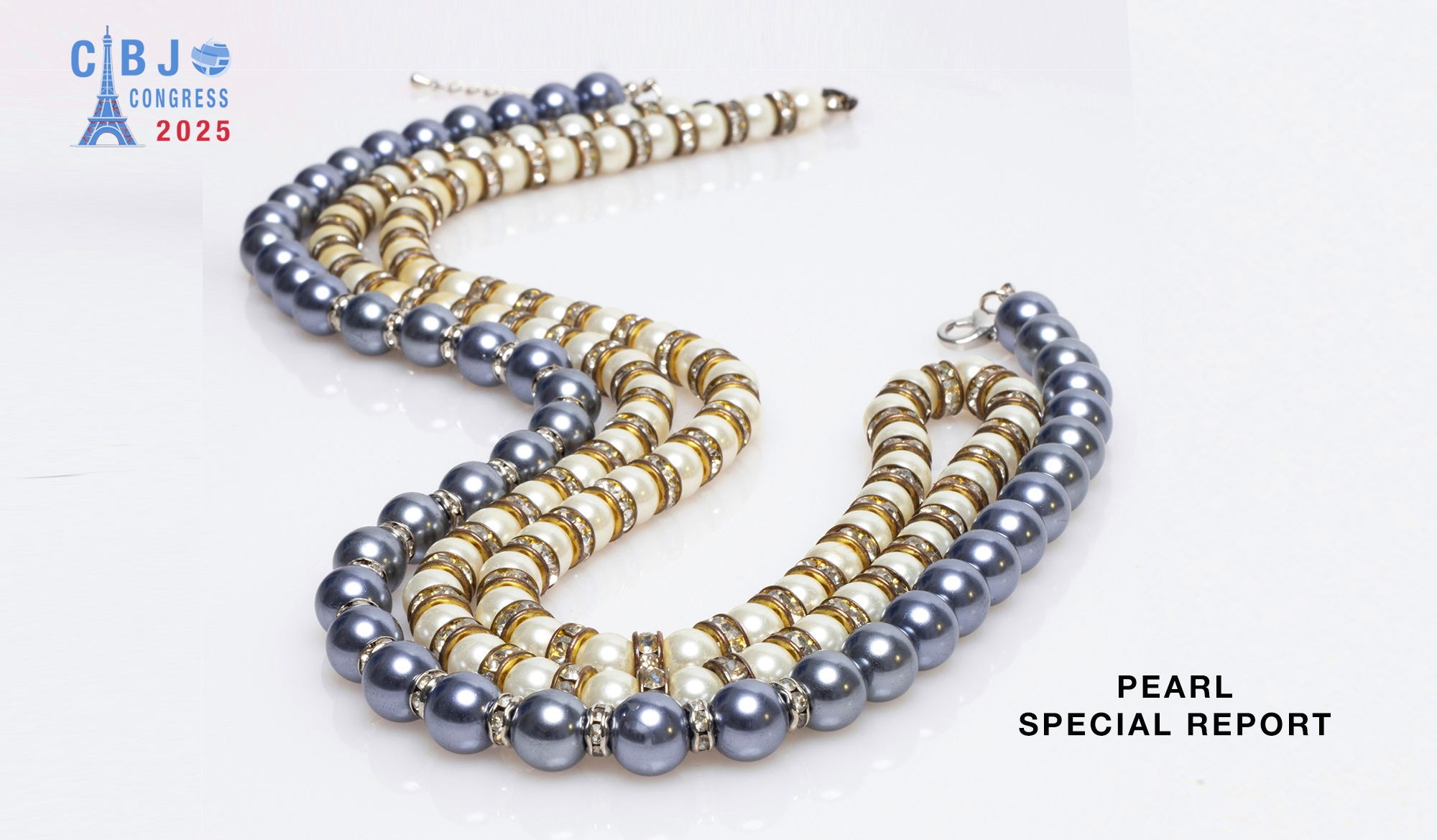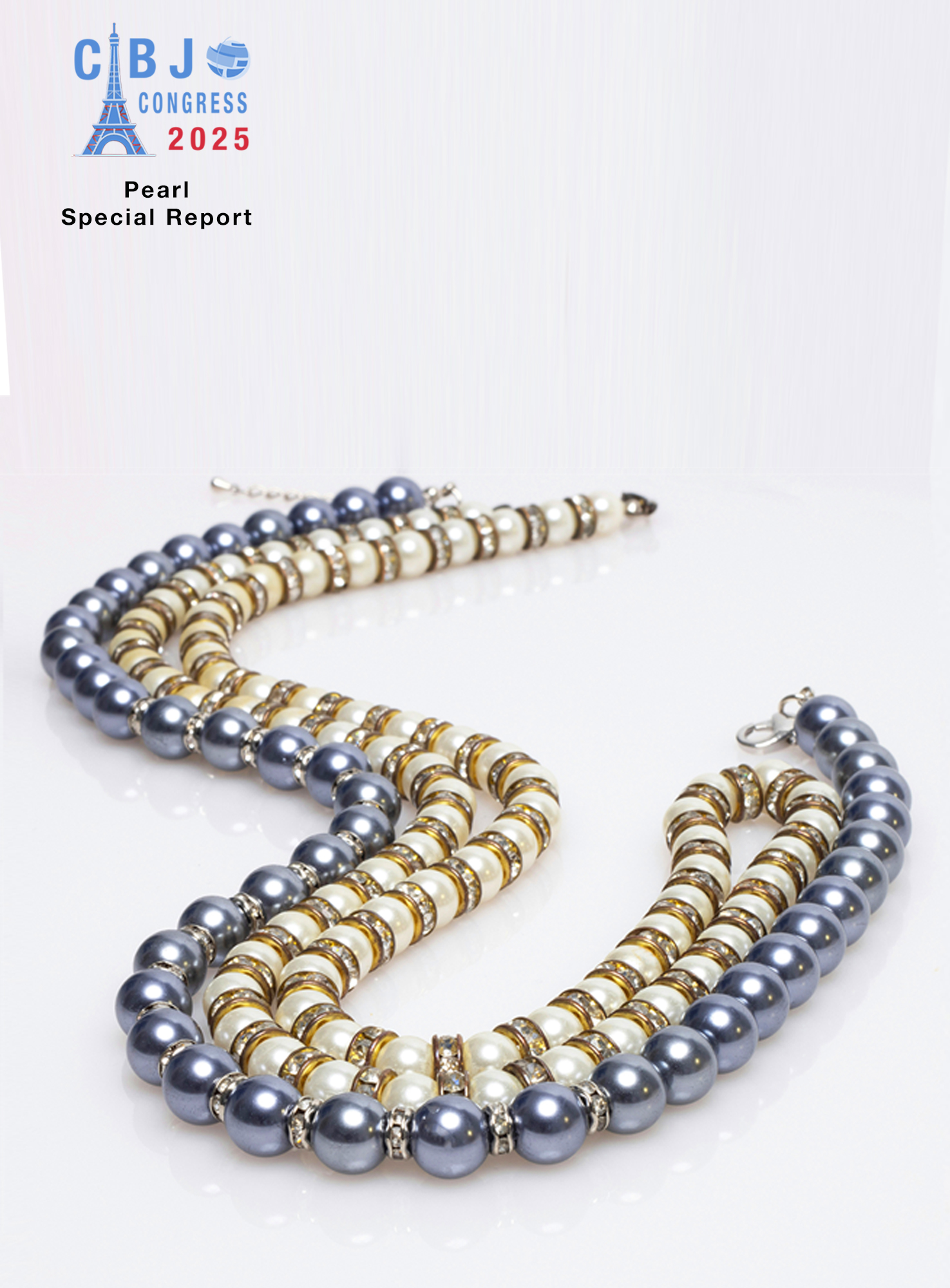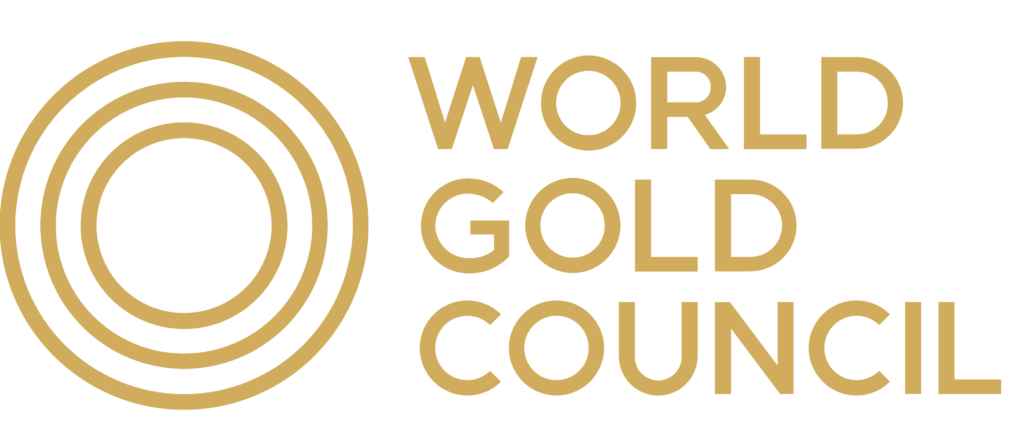OCTOBER 9, 2025
With fewer than three weeks to go to the opening of the 2025 CIBJO Congress in Paris, France, on October 27, 2025, the eighth of the pre-congress Special Reports has been released. Prepared by the CIBJO Pearl Commission, headed by Kenneth Scarratt, the report concentrates largely on how scientific research is being used to promote the confidence of both consumers and the trade in pearl products and the pearl industry, including the promotion of the pearl as the first “nature-positive” gem.
The pearl industry is “today supported by an expanding body of scientific expertise, which seeks to assist in and ensure that it is not only one of the most responsible jewellery sectors, but also is among its most operationally transparent,” writes Mr. Scarratt in the opening to the extensive report.
A number of key pearl industry experts contributed to the preparation of the report, including Peter Bracher, a CIBJO Pearl Commission Vice President; Shigeru Akamatsu, also a CIBJO Pearl Commission Vice President; Ryuichiro Machizawa; Pierre Fallourd; and members of the research staffs at the Gemmological Institute of America (GIA) and the Bahrain Institute for Pearls and Gemstones (DANAT).
Mr. Fallourd’s contribution, titled “Paving the way from pearl impact to value,” provides some of the mounting evidence that pearl farming, if practiced responsibly, has the capacity to make a net positive contribution to the aquatic environment. Japanese and Australian researchers have indicated that, relatively, it has a very low carbon emission footprint, while pearl-bearing oysters are known to feed on nutrients that in excess can lead to ocean eutrophication, harmful algal blooms, and oxygen depletion and shifts in species composition.
The 2025 Pearl Special report also previews the imminent release of CIBJO’s updated Pearl Guide, which expands the original 62-page document into a well-illustrated 267-page educational guide that will be available for downloading on the CIBJO website. The guide will describe and illustrate 43 pearl-producing saltwater nacreous and non-nacreous bivalves in alphabetical order, many of which will be new to even those involved professionally in the pearl industry. It also will describe 23 pearl-producing saltwater nacreous and non-nacreous univalves, followed by 27 freshwater bivalves that are producers of nacreous (sometimes non-nacreous) natural and cultured pearls, as well as natural blisters, blister pearls and cultured blisters.










